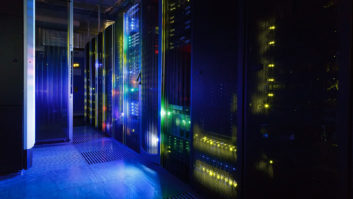Fujifilm is launching a new initiative to demonstrate how tape storage technology can significantly reduce electricity consumption and CO2 emissions related to data storage.
According to the company, the goal of the Sustainable Data Storage Initiative is to spread awareness of the solutions that can reduce the environmental impact of data centres.
The initiative launches with a white paper from research company IDC looking at the energy savings and resulting environmental benefits of moving more data to tape storage.
Key highlights of the white paper include:
- Reporting from several major data centres found that energy consumption increased by 31 per cent from 2017 to 2020, and the amount of data stored in data centres is expected to grow by 27 per cent each year through 2025.
- Relying on renewable energy alone is not enough to keep up with rapid growth in data centre power consumption. Water, wind and solar power also have their own associated impacts on the environment (i.e., disposing of wind turbines and solar panels).
- To negate this growing issue and protect the environment from further damage, IDC estimates that strategically migrating more data storage to tape can reduce CO2 emissions by 43.7%, or 664 million tons, by 2030.
- Tape storage offers additional security benefits such as immutability, encryption features and offline “air gap” protection against cyber criminals.
- Tape is the most cost-effective storage media on a cost per gigabyte basis, requires minimal power to operate and is reliable for storing data for periods exceeding 30 years with an excellent bit error rate (BER).
In addition to implementing renewable energy and tape solutions, the white paper discusses other ways organisations can reduce their environmental impact, including investing in AI-influenced cooling control, increasing transparency into resources with real-time monitoring and control, and improving IT utilisation rates through virtualisation and containerisation technologies.
The white paper is available to read here.







